Every math journey begins with the basics, and one of the most essential building blocks is one-to-one correspondence.
This foundational concept helps young learners make the critical connection between numbers and quantities. Simply put, it’s the ability to match one object to one number or one object to another like placing one apple in each basket or assigning one sticker to each child in class.
Though it may seem like a simple task, one-to-one correspondence plays a pivotal role in developing number sense and preparing students for more complex mathematical concepts such as addition, subtraction, and place value. It’s often one of the first counting skills children learn, forming the bridge between recognizing numbers and truly understanding what they represent.
One-to-one correspondence is also one of the four key counting principles that children need to master:
- Stable Order: Numbers must be said in the correct sequence.
- One-to-One Correspondence: Each item counted gets one and only one number.
- Cardinality: The last number stated tells the total amount.
- Order Irrelevance: Items can be counted in any order and still result in the same total.
From daily routines like setting the table to structured learning activities in the classroom, one-to-one correspondence is all around us. Helping children grasp this skill early not only supports their math development but also nurtures logical thinking and problem-solving abilities.
Why Is One-to-One Correspondence Important?
As mentioned earlier, one-to-one correspondence is a critical step in developing early math skills. It forms the foundation for accurate counting, helping children move from reciting numbers to actually understanding what they mean. By matching one object to one number word, students begin to recognize that numbers represent specific quantities.
This also deepens a child’s ability to compare groups and understand quantity relationships. When students pair objects and see that one group has items left over, they begin to grasp ideas like “more than,” “less than,” and “equal to.” These are essential concepts that lay the groundwork for addition and subtraction.
Beyond numbers, one-to-one correspondence supports logical thinking and problem-solving. For example, when children figure out how to fairly distribute materials or ensure that everyone gets a turn, they are applying this concept in meaningful, real-life ways.
It also connects directly to real-world routines in the classroom. Whether students are placing one cup at each seat during snack time or handing out one marker per classmate, these small tasks reinforce early math skills. Teachers can take advantage of these natural moments to show that math is part of daily life and not just something learned from a worksheet.
For rethinking math teaching strategies, read this guide.
Rote Counting Vs One-to-One Correspondence
At first glance, rote counting and one-to-one correspondence might appear similar since both involve numbers. However, they serve distinct roles in early math development.
Rote counting is the act of reciting numbers in order, like saying “one, two, three, four, five.” It’s about memorizing the sequence, much like learning a song, without necessarily understanding what the numbers mean or how they apply to real-world objects.
In contrast, one-to-one correspondence connects numbers to actual objects. For example, when a child counts toy cars, “one” for the first car, “two” for the second, they’re practicing this skill. It teaches them that numbers represent quantities and have real value.
While rote counting introduces children to number sequences, one-to-one correspondence deepens their understanding by linking numbers to tangible objects. Recognizing this difference is key to fostering strong mathematical thinking and ensuring that students build a solid foundation for future learning.
Now that we’ve covered the differences, let’s explore five practical strategies to help your students master one-to-one correspondence.
Five Fun & Effective Ways to Teach One-to-One Correspondence
By incorporating creative strategies into your teaching routine, you can make this concept come alive for young learners while keeping them motivated and excited about math. Here are five fun and effective ways you can teach one-to-one correspondence:
| Strategy | Objective | Classroom Example | ClassPoint Integration |
|---|---|---|---|
| 1. Use Manipulatives with Purpose | Help students visualize and physically represent the concept of one-to-one correspondence. | Place one block next to each number card or count out counters to match a numeral. | Use Draggable Objects to let students drag apples to baskets or stars to the sky. |
| 2. Incorporate Movement and Songs | Engage kinesthetic and auditory learners through action-based counting. | Sing “Five Little Ducks” and draw a symbol on the board for each verse acted out. | Use Annotation and Drawing Tools to mark each jump or action visually on a slide. |
| 3. Storytime Counting Activities | Promote engagement and comprehension during literacy sessions using counting. | Ask students to count apples in a story illustration and respond verbally or on a slide. | Use Short Answer, Fill in the Blanks, or Multiple Choice for interactive story-based questions. |
| 4. Set Up Hands-On or Digital Stations | Provide flexible, student-paced practice through varied modalities. | Match socks or sort buttons by color; drag hats onto snowmen in a digital station. | Use Draggable Objects, MCQs, Stars, and Leaderboard for gamified counting tasks. |
| 5. Make It Real with Daily Routines | Integrate counting into real-life tasks to build authentic connections. | Pass out one pencil per classmate or place one book in each cubby. | Create daily warm-up slides and track participation with stars and leaderboard rankings. |
1. Use Manipulatives with Purpose
Manipulatives are powerful tools for helping children understand abstract concepts like one-to-one correspondence. They provide a tangible way for your students to connect numbers with quantities, making learning both concrete and memorable.
Start by using physical items such as counters, blocks, beads, or even everyday objects like buttons or coins. You may ask your students to place one block next to each number card or count out a specific number of counters to match a given numeral. This tactile approach helps solidify the idea that each object corresponds to one (and only one) number word.
In a digital classroom setting, educator-focused tools like ClassPoint take this activity to the next level. With its Draggable Objects feature, your students can drag virtual objects around within PowerPoint slides to model one-to-one correspondence in real time.
For tried and tested math teaching techniques, check out this list.
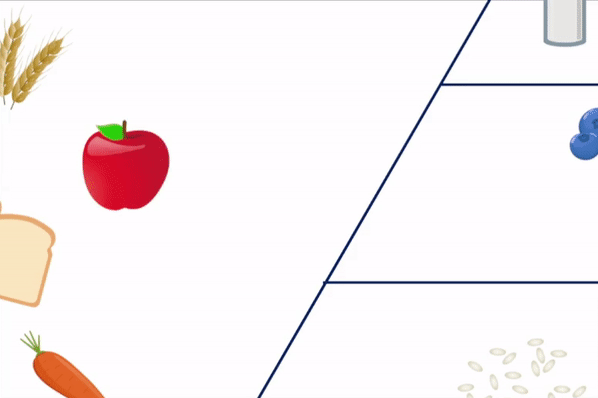
2. Incorporate Movement and Songs
Young learners thrive on movement and music, so why not combine counting with active participation? Incorporating songs, finger plays, and action games into your lesson plan makes one-to-one correspondence more dynamic and enjoyable.
For instance, sing classic counting songs like “Five Little Ducks” or “Ten in the Bed,” encouraging students to act out each verse. As they move, emphasize the connection between their actions and the numbers being sung.
To enhance this further, use ClassPoint’s Annotation tools for live reinforcement and Slide Drawing for understanding checks.
For example, if students are jumping along with a song, draw a star or circle on the screen for every jump, visually reinforcing the concept of “one action, one count.” You can do this seamlessly while presenting in PowerPoint as ClassPoint’s annotation tools allow you to do live inking without leaving your active presentation.
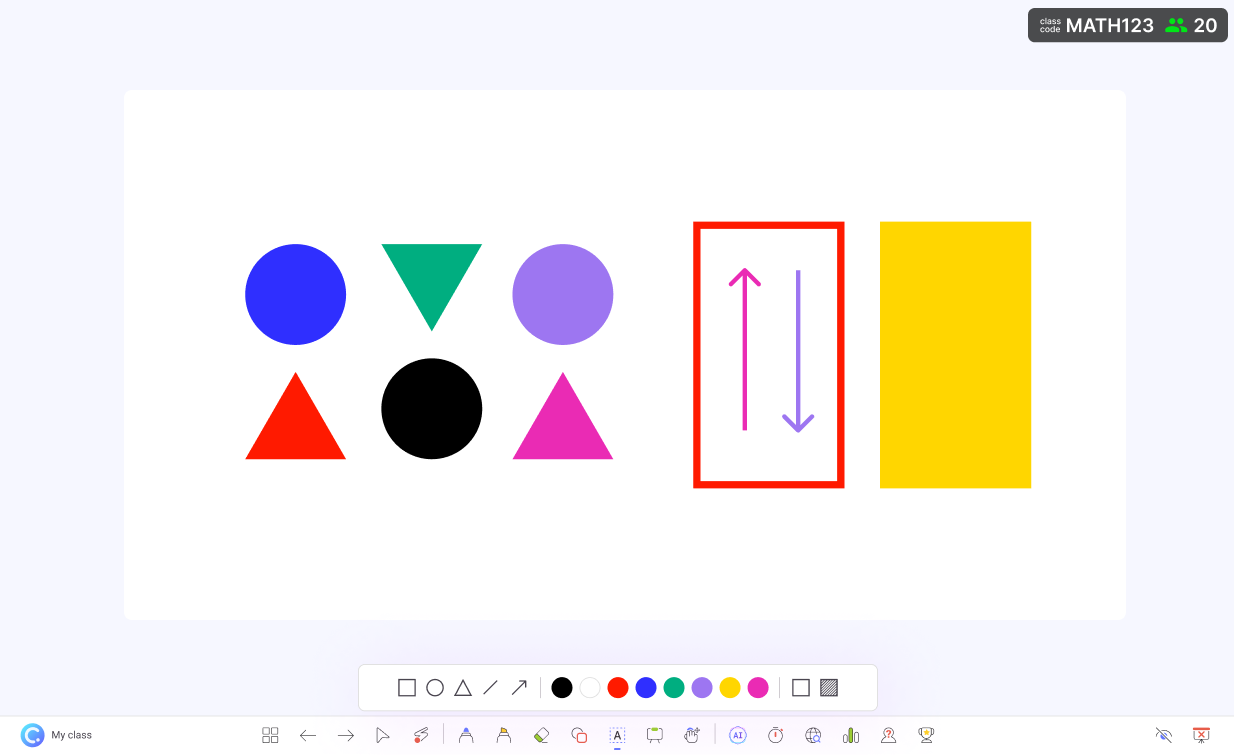
You can also create custom fingerplay routines that involve counting fingers, toes, or other body parts. Turn these into drawing activities and send them straight to your students’ devices, from which they can work on, and return as a submission back to your PowerPoint.
Here's a quick visualizer on How to Use ClassPoint's Slide Drawing Activity in PowerPoint.
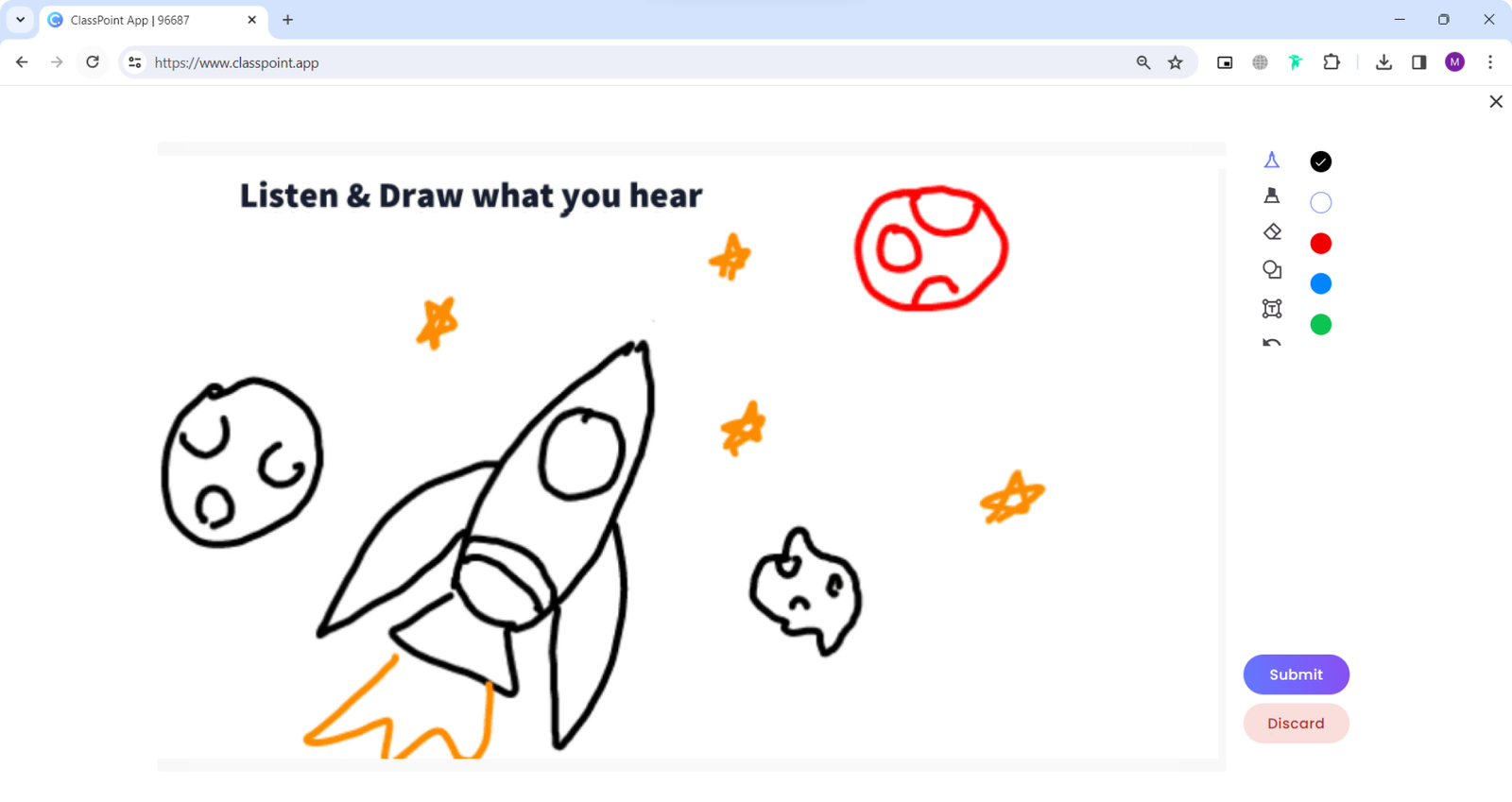
3. Storytime Counting Activities
Stories naturally captivate children’s attention, making them an excellent vehicle for teaching one-to-one correspondence. During read-aloud sessions, pause periodically to ask students to count items depicted in the illustrations. For example, if the story features a basket of fruit, prompt them to determine how many apples or bananas they see.
To make this interactive, leverage ClassPoint’s Short Answer or Fill in the Blanks features. Create prompt slides based on key moments in the book where students must respond to questions like:
- “How many cookies did the mouse eat?” or
- “Can you find three red balloons in the picture?”
Here's how to Use Interactive Short Answer Questions to Transform your PowerPoint Presentations.
Another idea is to extend the reading experience by creating follow-up activities. After reading a book about a zoo, for instance, have students count and categorize animals using ClassPoint’s Multiple Choice quizzes.
Ask questions like, “Which group has exactly four animals?” or “How many legs do all the giraffes have combined?”
To learn more about different math assessments, check out this 5 examples.
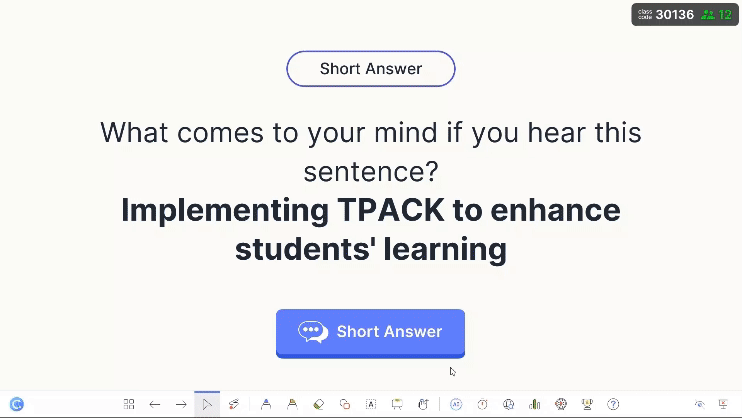
4. Set Up Hands-On or Digital Stations
Learning centers are a fantastic way to provide differentiated instruction while giving students opportunities to practice one-to-one correspondence at their own pace. Whether you’re working in a traditional classroom or a hybrid environment, combining hands-on and digital stations ensures there’s something for everyone.
For hands-on stations, set up activities like:
- matching socks,
- sorting buttons by color or size, or
- arranging small toys into groups.
Encourage students to count aloud as they work, reinforcing the connection between numbers and quantities. To gamify the experience, award points or stickers for completing tasks accurately.
Incorporate interactive ClassPoint Multiple Choice quizzes to test their ability to identify correct representations of numbers (“Which picture shows six flowers?”).
To boost motivation, integrate elements of friendly competition. Award stars and add leaderboards to track progress and celebrate achievements. Seeing their names climb the leaderboard gives your students a sense of accomplishment and encourages them to keep practicing.
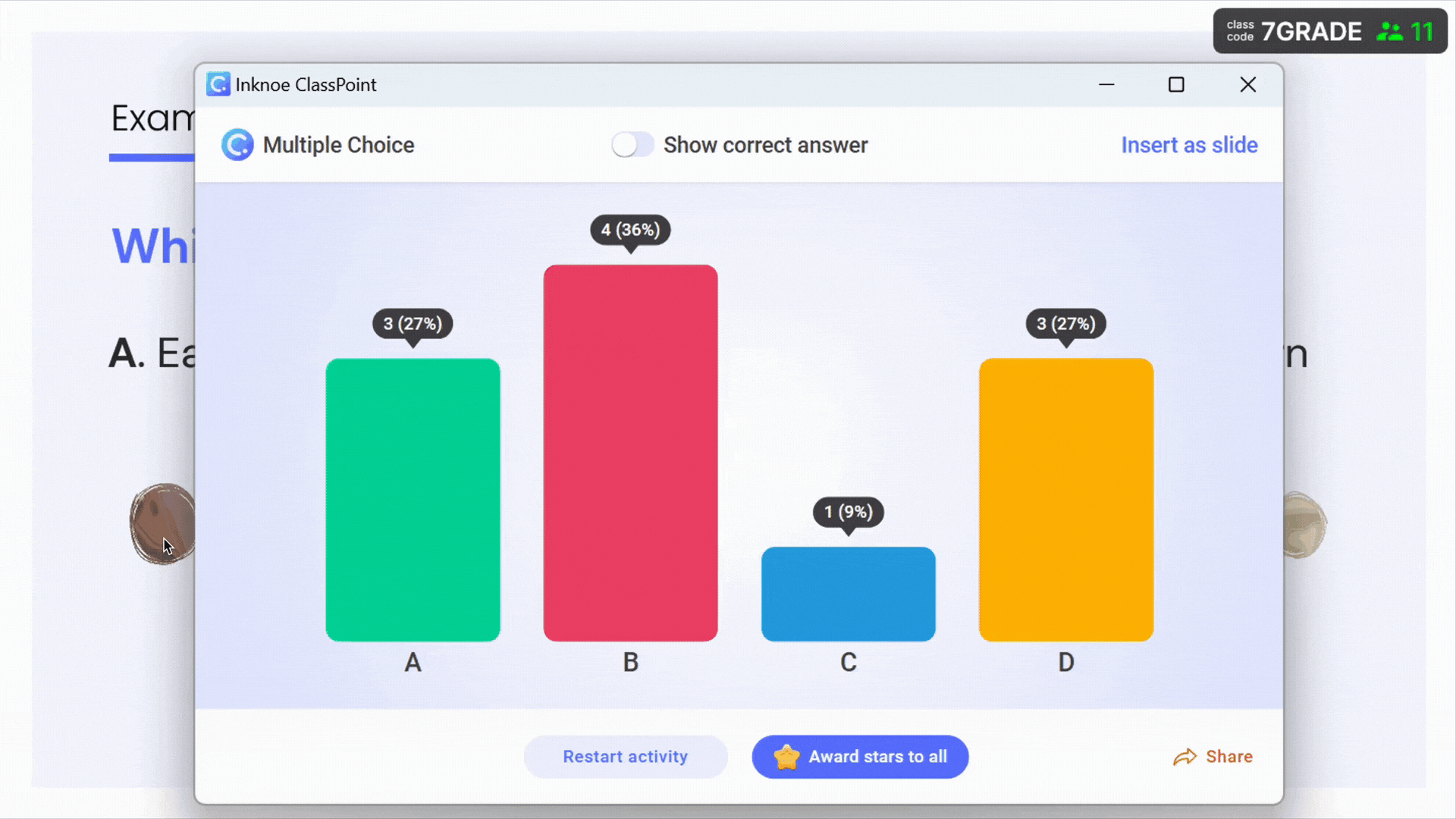
5. Make It Real with Daily Routines and PowerPoint
One of the best ways to reinforce one-to-one correspondence is by embedding it into daily routines. Everyday moments offer countless opportunities to practice counting in authentic contexts. For example:
- Handing out supplies: Ask students to pass out one pencil per classmate.
- Organizing materials: Have them place one book in each cubby.
- Snack time: Encourage them to distribute one napkin or cup per person.
To mirror these real-world experiences in your lessons, set up daily warm-up slides using PowerPoint and ClassPoint.
Include simple counting exercises, such as asking students to drag one hat onto each snowman or assign one sticker to each child in a virtual classroom scene. Reinforce accuracy by awarding stars for correct answers and displaying leaderboard rankings to showcase individual and group progress.
By tying one-to-one correspondence to familiar routines, you help students see its relevance in their lives. This not only deepens their understanding of the concept but also builds confidence in applying math skills outside the classroom.
Conclusion: Laying the Groundwork for Math Success
One-to-one correspondence is a fundamental skill that lays the groundwork for math success because it connects numbers to real-world quantities. When children match one object to one number, they begin to see the relationship between symbols and amounts, which is essential for mastering concepts like addition, subtraction, and problem-solving.
Hands-on activities and meaningful practice help reinforce this skill. Whether counting objects during daily routines or completing structured tasks like sorting and grouping, these experiences build confidence and accuracy. Over time, your students develop not only stronger math skills but also critical thinking abilities.
By mastering one-to-one correspondence, children gain a solid foundation that prepares them for more advanced mathematical ideas. Every math journey begins with small, intentional steps, guiding learners toward success as they count one object, one number, and one confident student at a time.
FAQs
What is one-to-one correspondence in early childhood education?
One-to-one correspondence is the ability to match one object to one other item or number. In early childhood education, it helps children understand that each number represents a specific quantity, forming the foundation for accurate counting and basic math skills.
Why is one-to-one correspondence important in learning to count?
One-to-one correspondence is essential for accurate counting because it ensures that each object is counted once and only once. Without this skill, children may skip items or count the same object multiple times, leading to misunderstandings about quantity and number meaning.
How can I teach one-to-one correspondence in the classroom?
You can teach one-to-one correspondence using hands-on activities like matching objects, distributing items evenly, or using digital tools like ClassPoint’s draggable objects and interactive quizzes. Songs, stories, and daily routines are also great ways to reinforce the concept.
At what age do children develop one-to-one correspondence?
Most children begin developing one-to-one correspondence around ages 3 to 5. It starts with basic matching and gradually progresses to counting objects accurately using number words. Repetition and meaningful activities help strengthen this foundational skill.
How does one-to-one correspondence support future math learning?
One-to-one correspondence lays the groundwork for addition, subtraction, and understanding number relationships. It helps students grasp the concept of quantity, compare groups, and apply logical thinking, essential for success in later math instruction.

